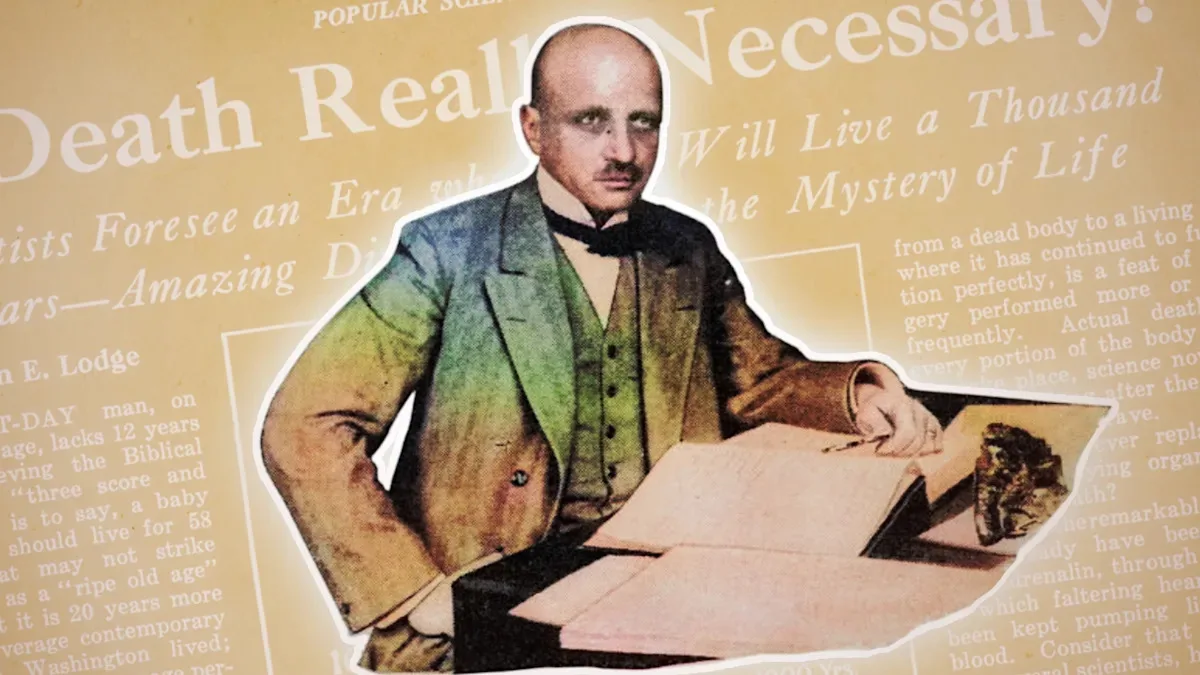A Century of Change: How American Lifespans Have Evolved Since 1925
Imagine a world where the average life expectancy was just 58 years. That was the reality for Americans in 1925. A lot has changed in the last century! From advancements in medicine to improvements in public health, numerous factors have contributed to significantly longer lifespans.
The State of Health in 1925
In the early 20th century, life was markedly different. Infectious diseases were rampant, and effective treatments were limited. Factors contributing to the shorter lifespan included:
- Limited access to healthcare, especially in rural areas.
- Poor sanitation and hygiene, leading to widespread infections.
- High infant mortality rates due to complications during childbirth and childhood illnesses.
- Lack of antibiotics and vaccines to combat bacterial and viral infections.
Key Factors Contributing to Increased Lifespans
Over the years, a multitude of advancements have revolutionized healthcare and significantly extended human lifespans:
- Medical Breakthroughs: The development of antibiotics, vaccines, and other life-saving drugs has been crucial in combating infectious diseases.
- Improved Sanitation and Hygiene: Public health initiatives focused on clean water, waste disposal, and food safety have dramatically reduced the spread of diseases.
- Advancements in Nutrition: Better understanding of nutrition and access to a more diverse and nutritious food supply have strengthened immune systems and overall health.
- Enhanced Healthcare Access: Increased access to healthcare services, including preventative care and early diagnosis, has enabled timely treatment and management of health conditions.
- Technological Advancements: Innovations in medical technology, such as advanced imaging and surgical techniques, have improved the accuracy and effectiveness of medical interventions.
The Impact on Modern Society
The increase in life expectancy has had a profound impact on society. It has led to:
- An aging population, requiring increased focus on geriatric care and social security systems.
- A greater emphasis on preventative healthcare and healthy lifestyles to maintain quality of life in later years.
- A need for ongoing research and innovation to address age-related diseases and conditions.
Final Overview
From a life expectancy of just 58 years in 1925 to the significantly longer lifespans enjoyed today, the progress in healthcare and public health has been remarkable. While challenges remain, the advancements of the past century provide a foundation for continued improvements in human health and longevity.



+ There are no comments
Add yours